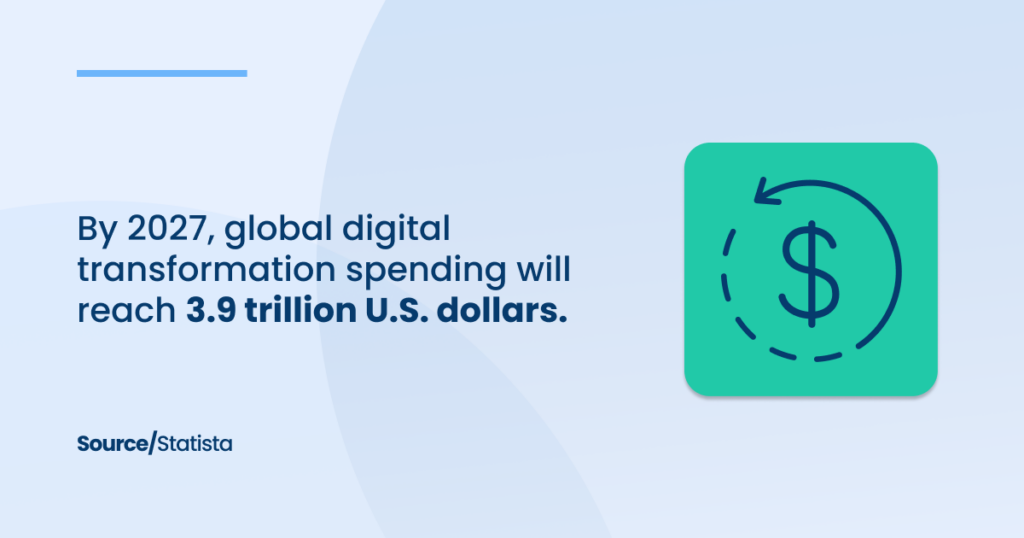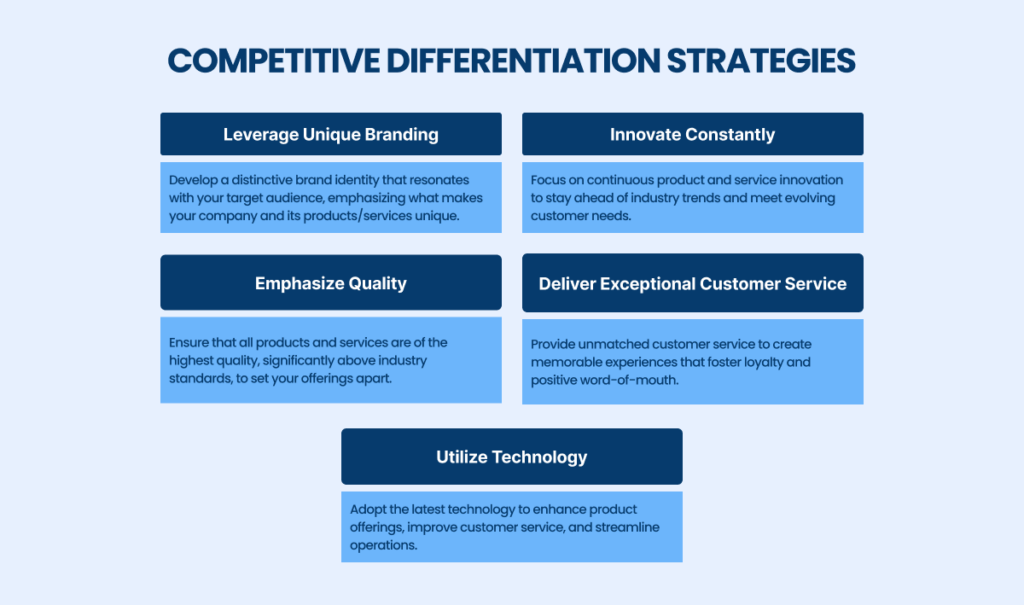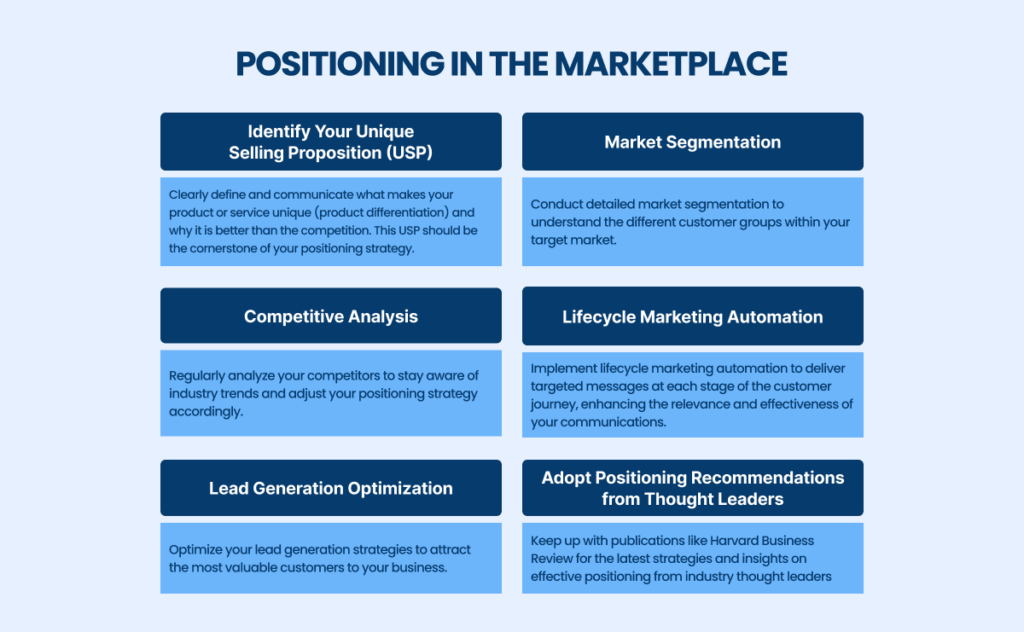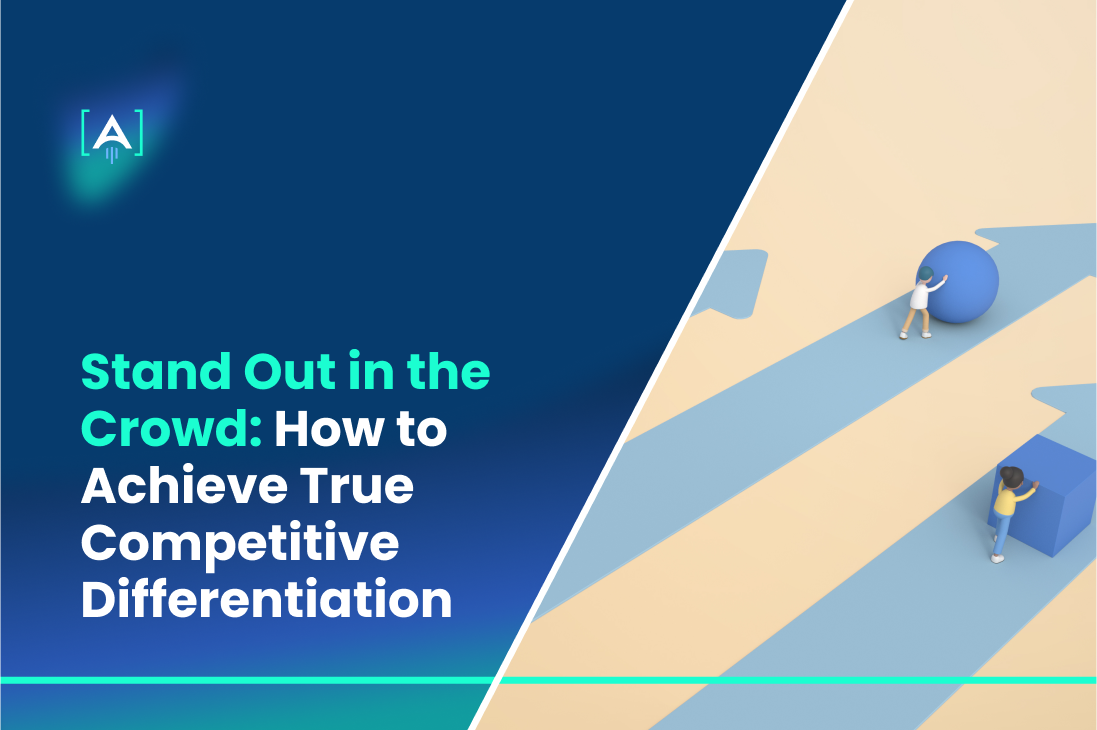In today’s highly competitive market, standing out from the crowd is no longer a luxury. It’s a necessity.
With countless businesses competing for the same customers, finding a unique selling proposition (USP) that sets you apart is imperative.
This is especially essential in the Consumer Goods market, where the value added is projected to amount to US$594.5bn in 2024, highlighting the immense potential for differentiation and growth.
Source: Leading brand loyalty drivers among consumers worldwide in 3rd quarter 2023, Statista
In an environment where differentiation can dictate success or failure, it’s essential to articulate clearly why consumers should choose your offerings over others. This journey involves identifying and magnifying your strengths in genuine and compelling ways to your audience.
Engaging a Fractional CMO Agency can be a pivotal step in this journey.
This guide explains the essence of competitive differentiation and outlines how businesses can leverage innovation, customer experience, branding, technology, and ethical practices to set themselves apart.
Understanding Competitive Differentiation
In 2023, a global survey revealed that top drivers of customer loyalty included offers of good products/services, good customer service support, and low prices.
Competitive differentiation refers to the unique value a company offers that sets it apart from its competitors. This can include product features, brand reputation, customer service, or any other significant and appealing attribute to the target market.
By emphasizing competitive differentiation, businesses can make their offerings more attractive and retain customer interest amid a crowded marketplace. Additionally, understanding what a fractional CMO can provide businesses with the expert strategic guidance needed to navigate these challenges, ensuring their differentiation efforts are effective and sustainable.
In today’s dynamic business environment, differentiation is not just a marketing strategy but a survival tactic. Companies that fail to differentiate effectively risk losing relevance with the proliferation of similar products and services.
- Visibility in a Saturated Market: Effective competitive differentiation helps a business stand out in a saturated market. This visibility is crucial for attracting initial customer interest.
- Customer Loyalty: Once customers are attracted to a unique offering, superior customer service and ongoing engagement can turn initial interest into long-term loyalty. Exceptional customer service is often cited as a leading factor in customer retention.
- Higher Perceived Value: Businesses that successfully implement competitive differentiation often enjoy a higher perceived value, allowing them to command premium pricing.
Product differentiation plays a critical role here, making a product or service appear more desirable than others in the market. - Market Segmentation and Targeting: Effective differentiation strategies are closely tied to market segmentation analysis.
By understanding the specific needs and preferences of different market segments, companies can tailor their offerings more effectively and ensure their marketing messages resonate with the intended target audience. - Building a Competitive Advantage: The cumulative effect of successful differentiation is a sustainable competitive advantage. This advantage enables businesses to thrive and adapt even in challenging economic times.
Implementing Differentiation Strategies
Companies must employ integrated marketing solutions that align all communication and marketing strategies toward a consistent brand message to achieve true differentiation.
This includes an omnichannel marketing strategy, which ensures a seamless customer experience across all platforms, from digital to physical touchpoints.
In 2023, digital transformation (DX) spending is projected to reach 2.15 trillion U.S. dollars.

Such coherence enhances brand recognition and amplifies the impact of differentiation efforts.
Enhancing Product Differentiation
Product differentiation is a cornerstone of competitive differentiation. Through innovative design, additional features, or exceptional performance, distinct product attributes can significantly influence buying decisions.
Companies must continuously innovate and update their offerings to keep product differentiation relevant and effective.
Strategies for Achieving Competitive Differentiation
Innovation is the cornerstone of competitive differentiation. It involves not only the introduction of new products but also the significant improvement of existing ones, aligning them more closely with changing customer expectations and emerging industry trends.
A robust approach to innovation, supported by a clear understanding of a niche market and its needs, enables companies to offer exceptional value that sets them apart from competitors.

Branding and Positioning
Creating a unique brand identity is fundamental to establishing competitive differentiation and enhancing brand value. It involves strategic efforts to design and communicate the core aspects of your business that set it apart from competitors.
- Define Your Core Values: Establish the core values that represent the essence of your brand. These should resonate deeply with your target market and reflect how you conduct business.
- Leverage Emerging Technologies: Use the latest technologies to create innovative brand elements such as logos, websites, and marketing materials that capture attention and make a memorable impact.
- Engage a Fractional CMO: Hiring a Fractional CMO or utilizing CMO as a Service can bring expert leadership to your branding efforts, offering fresh insights and strategic guidance tailored to your market’s needs.
- Data-Driven Personalization: Implement data-driven personalization in your marketing efforts to speak directly to your customers’ individual needs and preferences, enhancing their personal connection with your brand.
- Consumer Behavior Analytics: Utilize consumer behavior analytics to understand what appeals to your audience and tailor your branding to match these insights.
- Consistency Across Channels: Ensure your brand identity is consistent across all marketing channels. This consistency helps reinforce your brand image and aids in building customer trust and loyalty.
- Storytelling: Craft a compelling narrative around your brand that tells the story of who you are, what you stand for, and why you exist. This should align with your brand values and resonate with your target audience.
- Visibility Strategies: Increase brand visibility through strategic marketing campaigns highlighting your unique brand identity. Utilize both traditional and digital marketing platforms to reach a broader audience.
Effective Positioning in the Marketplace
Effective positioning in the marketplace is crucial to ensure that your brand stands out and attracts a suitable customer base.

By combining a strong brand identity with strategic marketplace positioning, businesses can create a powerful presence that differentiates them from competitors, aligns closely with customer expectations, and maximizes brand value in the marketplace.
Customer Experience and Service
Enhancing Service Quality
In the competitive landscape, enhancing service quality is not just about meeting customer expectations but exceeding them, thereby establishing a premium brand that can command a premium price.
- Implement Lifecycle Marketing Automation: Use lifecycle marketing automation to deliver personalized experiences at every customer journey stage. This approach ensures that every interaction is tailored and relevant, significantly enhancing the overall customer experience.
- Employ Lead Generation Optimization: Optimize your lead generation processes to attract higher-quality leads who are more likely to appreciate and require enhanced service levels. This alignment between customer expectations and service offerings helps maintain a competitive edge.
- Adopt a Customer-Centric Business Model: Shift the focus of your business model to prioritize customer needs and service delivery. This may involve retraining staff, investing in new technology, and redesigning service processes to ensure a customer-first approach.
- Continuous Training and Development: Regularly train your team on new service techniques and customer interaction protocols. Keeping your staff updated with the latest service standards can help maintain high service quality.
- Feedback Loops and Service Adaptation: Establish robust mechanisms to gather and analyze customer feedback. Use this data to continuously refine and improve service processes and touchpoints throughout the customer lifecycle.
- Utilize Insights from Harvard Business Review and Market Research: Stay informed with the latest research and case studies from sources like the Harvard Business Review, which often highlight cutting-edge practices in service enhancement and customer satisfaction.
- Quality Assurance Standards: Implement high standards for quality assurance, ensuring that every aspect of the customer service process meets or exceeds the set criteria. This dedication to quality can significantly enhance brand loyalty and customer retention.
Building Customer Loyalty Through Engagement
Building customer loyalty is crucial for sustaining a competitive advantage in a market with myriad choices. Engagement plays a vital role in turning casual customers into loyal brand advocates.
- Personalization Strategies: Leverage data analytics to personalize interactions and service offerings. Personalization is a key competitive differentiator that can make customers feel valued and understood.
- Unique Value Proposition (UVP): Communicate your UVP in all customer interactions. This clarity helps customers understand why they should remain loyal to your brand instead of switching to competitors.
- Community Building: Create and nurture a community around your brand. Use social media, events, and loyalty programs to engage customers in dialogue and build a sense of belonging.
- Engagement Through Content: Deliver valuable and informative content that addresses customer needs and interests. This could be through blogs, newsletters, webinars, or user groups.
- Rewards and Recognition: Implement a loyalty program that rewards customers for their continued business. This program should offer real value and be simple to understand and use.
- Consistency Across All Touchpoints: Ensure the customer experience is consistent across all platforms and touchpoints. Consistency helps build trust and reinforce brand loyalty.
- Role of a Fractional CMO: Engage a Fractional CMO to oversee and optimize customer engagement strategies. Their expertise in navigating the competitive differentiators and adapting strategy according to the competitive landscape can be invaluable.
- Responsive Customer Service: Maintain a responsive and proactive customer service system that quickly resolves issues and provides support when needed. This responsiveness is critical in retaining customers and enhancing their overall satisfaction.
By focusing on enhancing service quality and building customer loyalty through personalized engagement, businesses can create a strong foundation for long-term success.
These efforts not only competitively differentiate a brand in crowded markets but also build a loyal customer base willing to advocate for and remain with the brand over time.
Data-Driven Decision Making
In today’s competitive market, data-driven decision-making is essential for maintaining a competitive edge.
This approach allows businesses to base their strategic choices on empirical data rather than intuition, leading to more accurate and effective strategies.
Utilizing Analytics for Market Insights
Analytics are crucial in uncovering valuable market insights that can drive competitive differentiation. Businesses can gain a deep understanding of market dynamics, consumer behavior, and emerging trends by effectively analyzing data.
Source: Big data market size revenue forecast worldwide from 2011 to 2027, Statista
This intelligence is critical for making informed decisions that align with current market conditions and future opportunities.
One key aspect of utilizing analytics is monitoring and understanding the performance of various product offerings in the market. This involves analyzing customer feedback, sales data, and market penetration to adjust marketing and product development strategies accordingly.
For instance, consumer behavior analytics can reveal which features are most appreciated by customers, which can guide product differentiation strategies to focus on these features.
Moreover, analytics can help identify new market opportunities. Through detailed segmentation and trend analysis, companies can discover untapped niches or underserved customer segments. Targeting these areas can allow businesses to expand their market presence and avoid saturated segments where competition is fierce.
Another important application of analytics is competitive analysis.
By examining the data on competitors’ performance, businesses can benchmark their own products and services and identify areas for improvement or innovation. This helps maintain relevance in the market and strategically positions the business against competitors.
Personalizing Customer Experiences with Data
Data extends beyond market analysis and is instrumental in personalizing customer experiences, which is critical for building brand loyalty and enhancing customer satisfaction.
Personalization involves tailoring interactions, offers, and communications based on individual customer data to meet specific needs and preferences.
A practical application of data in personalization is the development of customized marketing campaigns. By understanding individual customers’ purchasing habits, preferences, and behaviors, companies can create highly targeted campaigns that speak directly to the customer’s needs, significantly increasing their effectiveness.
For example, an eCommerce company can use purchase history and browsing data to suggest products a customer will likely buy. Similarly, a service provider can analyze usage patterns to offer tailored service packages or promotions that match the customer’s usage trends.
Integrating advanced CRM systems with data sources like social media analytics can further enhance personalization. This integration allows for a more holistic view of the customer, enabling even more precise targeting and personalization of services and communications.
Data-driven personalization improves customer experiences and increases operational efficiency by focusing resources on the most effective strategies and customer interactions. This approach reduces marketing effort waste and optimizes the return on investment.
Partner with [A] Growth Agency for True Competitive Differentiation
Achieving true competitive differentiation is a multifaceted challenge that requires a deep understanding of your market, a clear brand vision, and a continuous commitment to innovation and quality.
As businesses strive to distinguish themselves in crowded markets, the key lies in effectively leveraging unique capabilities, understanding customer needs deeply, and consistently delivering exceptional value.
Given today’s markets’ complexities and dynamic nature, [A] Growth Agency will significantly enhance your efforts. Every business we work with is unique, and so are our strategies. Our experienced team brings a wealth of experience and resources that might be too costly or time-consuming to develop in-house.
Remember, Excellence is our standard.

